Australia has just been launched in Melbourne. This is a place to collect living cells from Australia's diverse and unique wildlife for freezing, thereby saving many animals on the brink of extinction.
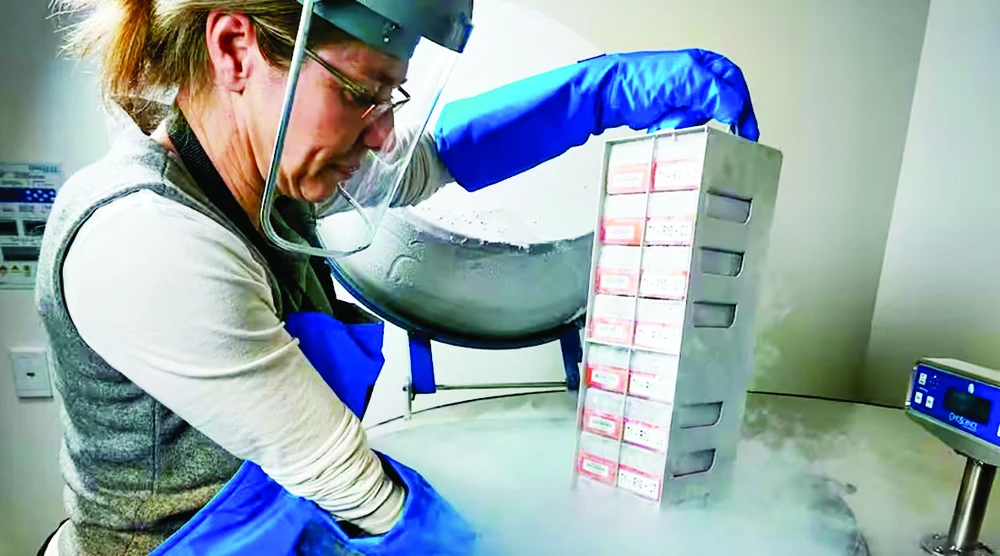
According to SBS News, researchers from Museums Victoria and the University of Melbourne have begun collecting tissue samples from 100 endangered species in Australia. Smoky rats and prairie earless dragons are two species whose cells have been frozen.
“We can take tissue samples from animals that are still in the wild, grow cells from those animals, and freeze them. This could potentially allow us to use those cells to regenerate animals,” said Professor Andrew Pask, one of the project’s leaders.
Meanwhile, Dr Joanna Sumner from the Museums Victoria Research Institute described the three-year project as a “living biobank” at minus 196 degrees Celsius. “Australia has one of the highest rates of animal extinctions in the world. That’s why we need to conserve these species before they disappear,” Dr Sumner said.
Ms. Peta Bulling, a member of the Australian Conservation Organization, said that the land of kangaroos is experiencing an extinction crisis, with more than 2,000 species of plants, animals and ecosystems on the list of nationally threatened species.
As long as climate change and habitat destruction continue to threaten Australia's unique flora and fauna, preventing extinction must be a top priority, Ms Bulling said.
“Biobanking is certainly a tool in the toolbox to protect Australia’s natural environment. But it is certainly not a silver bullet to solve all problems when it cannot help protect the cultural and spiritual connections Australians have with their environment,” Ms Bulling said.
There are concerns that reintroducing species is akin to playing god, but both scientists and conservationists like Ms Bulling say it is necessary work. One of the most high-profile proponents of such ambitious projects, Mr Pask was involved in the project to save the Tasmanian tiger from extinction.
Speaking about the concerns of the biobank project, Professor Pask explained: “We don’t want to go through the scenario of regenerating an animal because we lose it. The way this works is to preserve the living cells from that animal so that they don’t have to be re-created. We’ve frozen them in a form that can actually be used to regenerate those animals.”
Project leaders are looking to share the biobanking technique with other research institutes across Australia. Their ultimate goal is to help Australia’s diverse wildlife, preventing species from disappearing as they have in the past.
PEARL
Source


![[Photo] Warm meeting between the two First Ladies of the Prime Ministers of Vietnam and Ethiopia with visually impaired students of Nguyen Dinh Chieu School](https://vstatic.vietnam.vn/vietnam/resource/IMAGE/2025/4/17/b1a43ba73eb94fea89034e458154f7ae)
![[Photo] Hundred-year-old pine trees – an attractive destination for tourists in Gia Lai](https://vstatic.vietnam.vn/vietnam/resource/IMAGE/2025/4/17/25a0b7b629294f3f89350e263863d6a3)
![[Photo] Prime Minister Pham Minh Chinh and Ethiopian Prime Minister visit Tran Quoc Pagoda](https://vstatic.vietnam.vn/vietnam/resource/IMAGE/2025/4/17/18ba6e1e73f94a618f5b5e9c1bd364a8)
![[Photo] President Luong Cuong receives Lao Prime Minister Sonexay Siphandone](https://vstatic.vietnam.vn/vietnam/resource/IMAGE/2025/4/17/337e313bae4b4961890fdf834d3fcdd5)
![[Photo] President Luong Cuong receives Kenyan Defense Minister Soipan Tuya](https://vstatic.vietnam.vn/vietnam/resource/IMAGE/2025/4/17/0e7a5185e8144d73af91e67e03567f41)
![[Photo] President Luong Cuong receives UN Deputy Secretary General Amina J.Mohammed](https://vstatic.vietnam.vn/vietnam/resource/IMAGE/2025/4/17/72781800ee294eeb8df59db53e80159f)
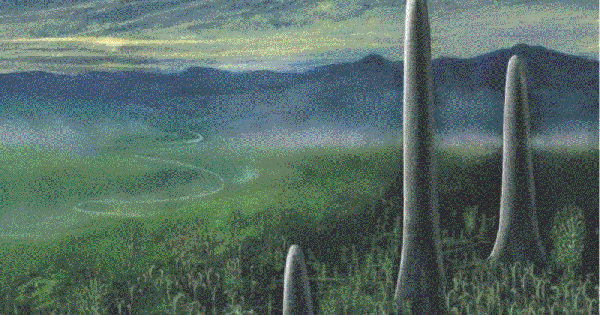

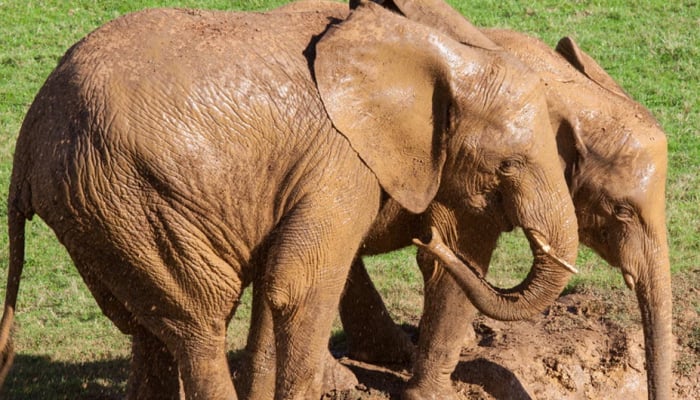

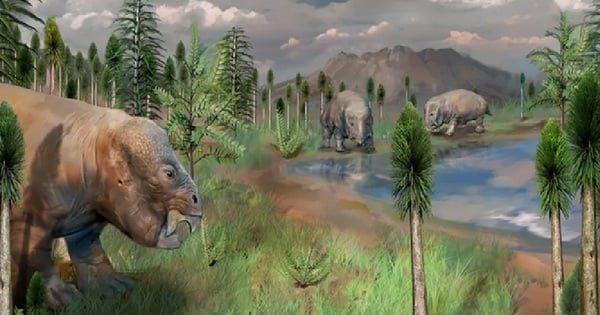

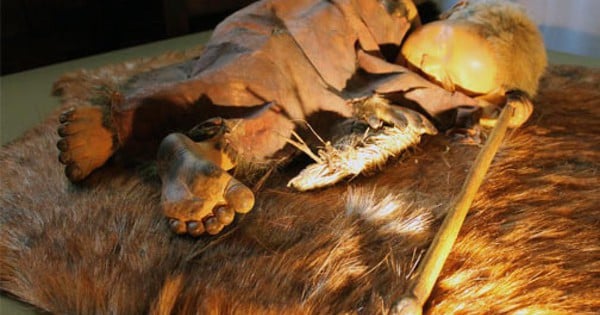
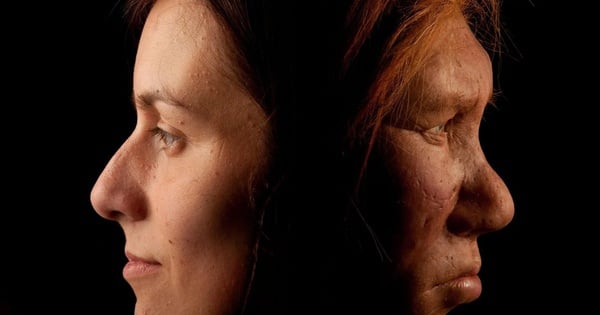

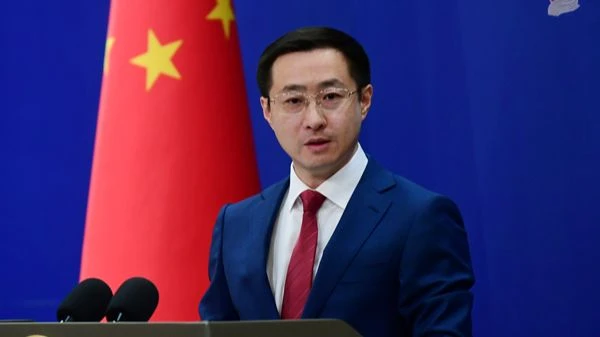
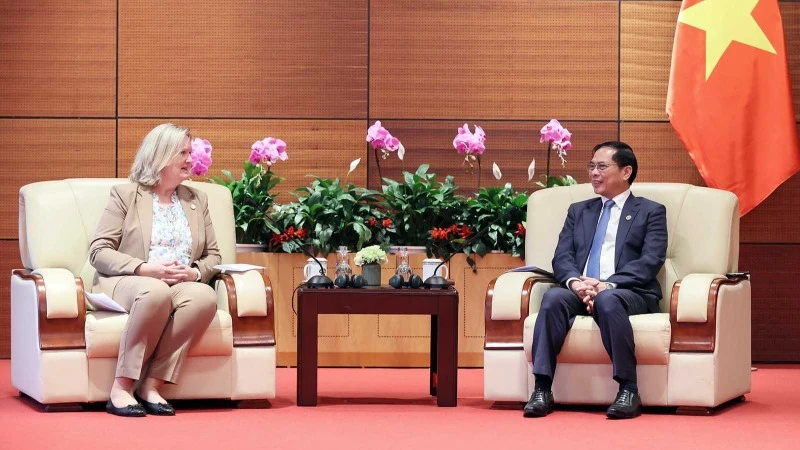
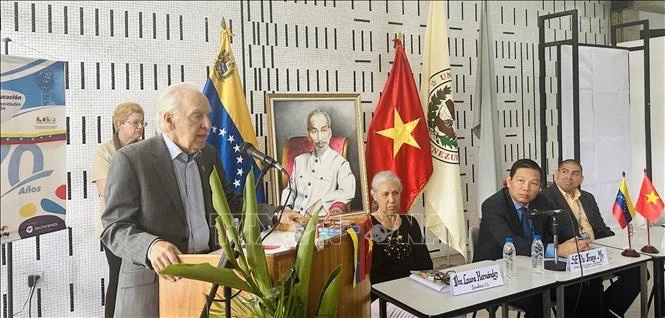
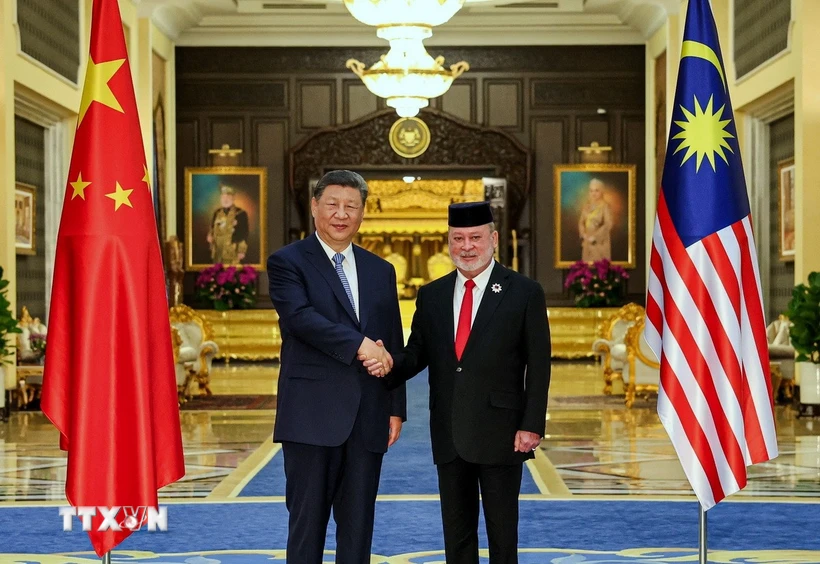
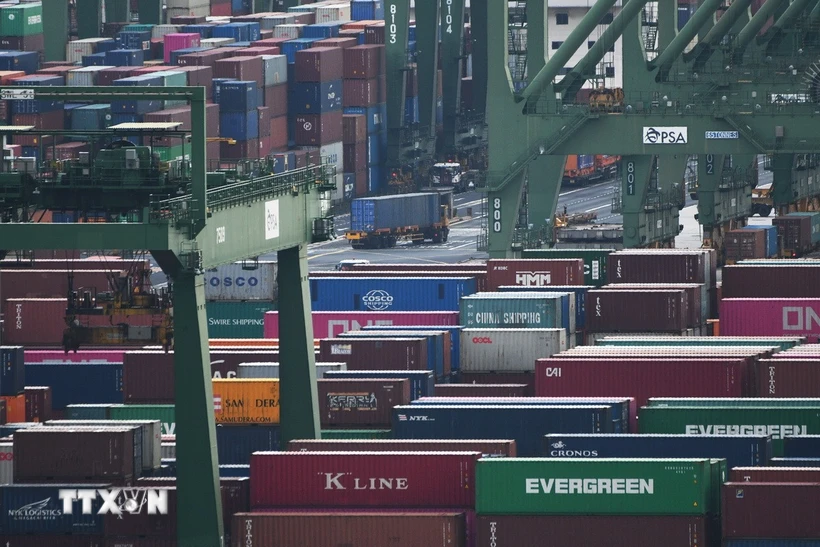




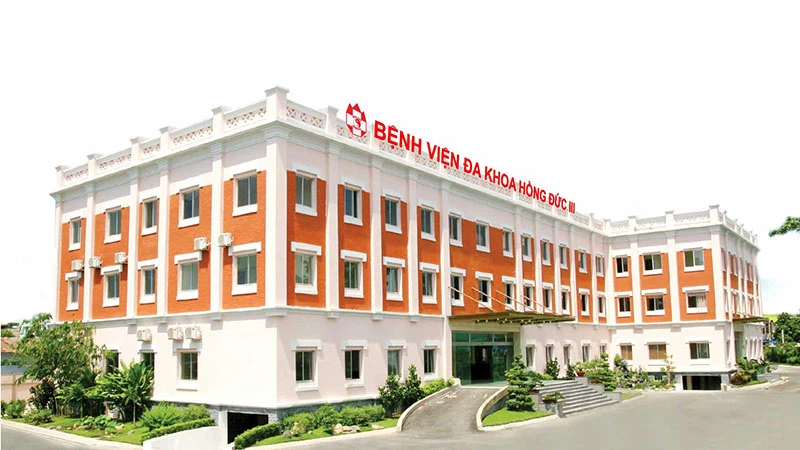
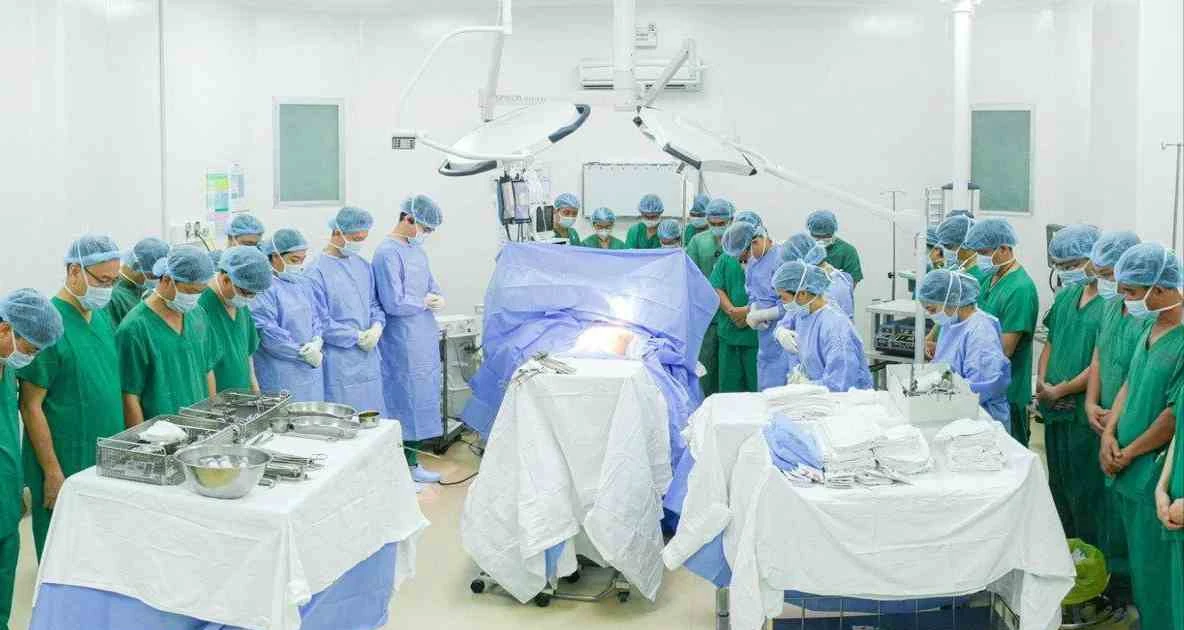

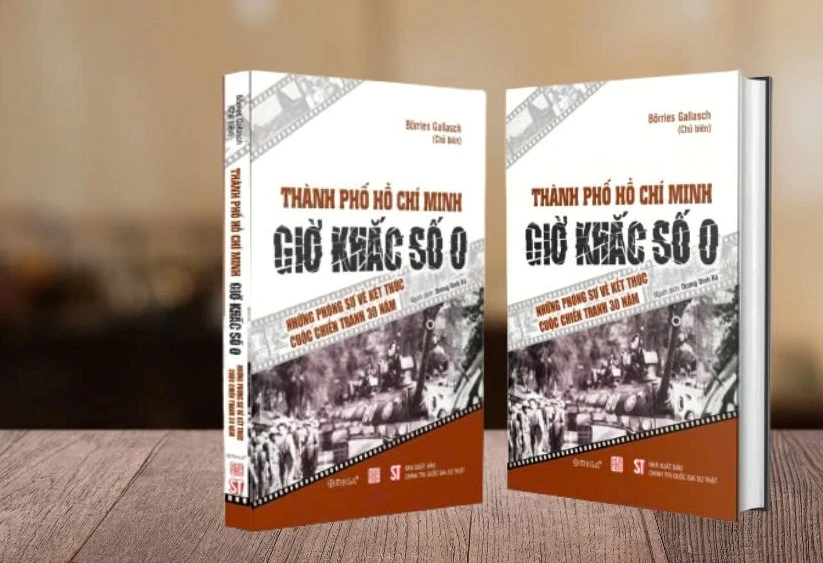
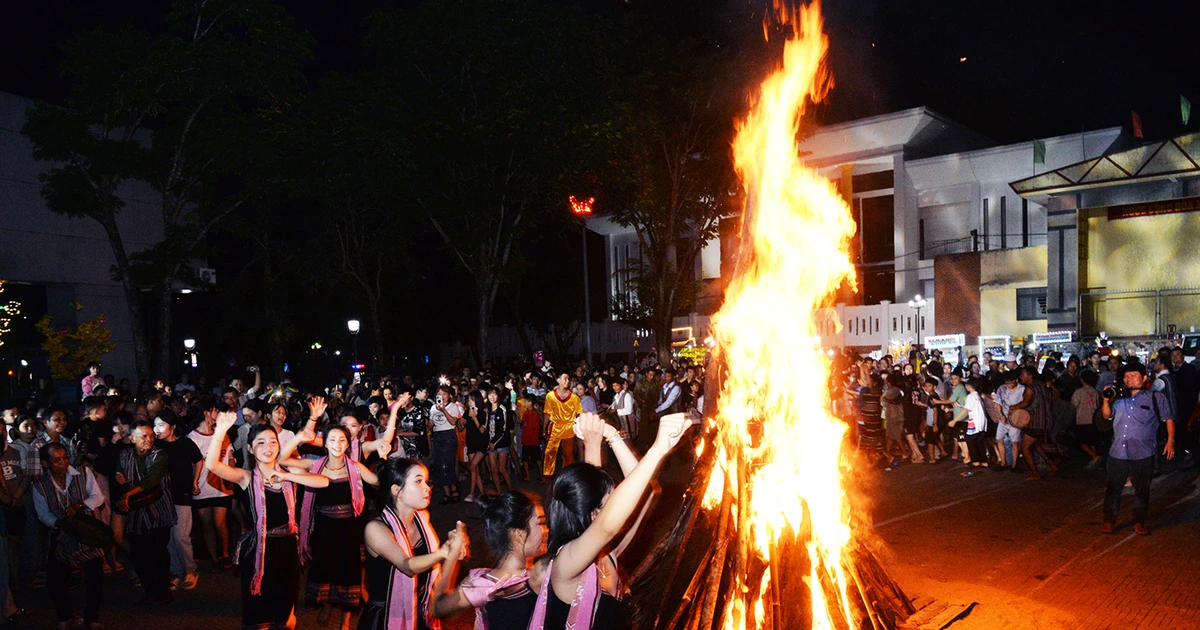
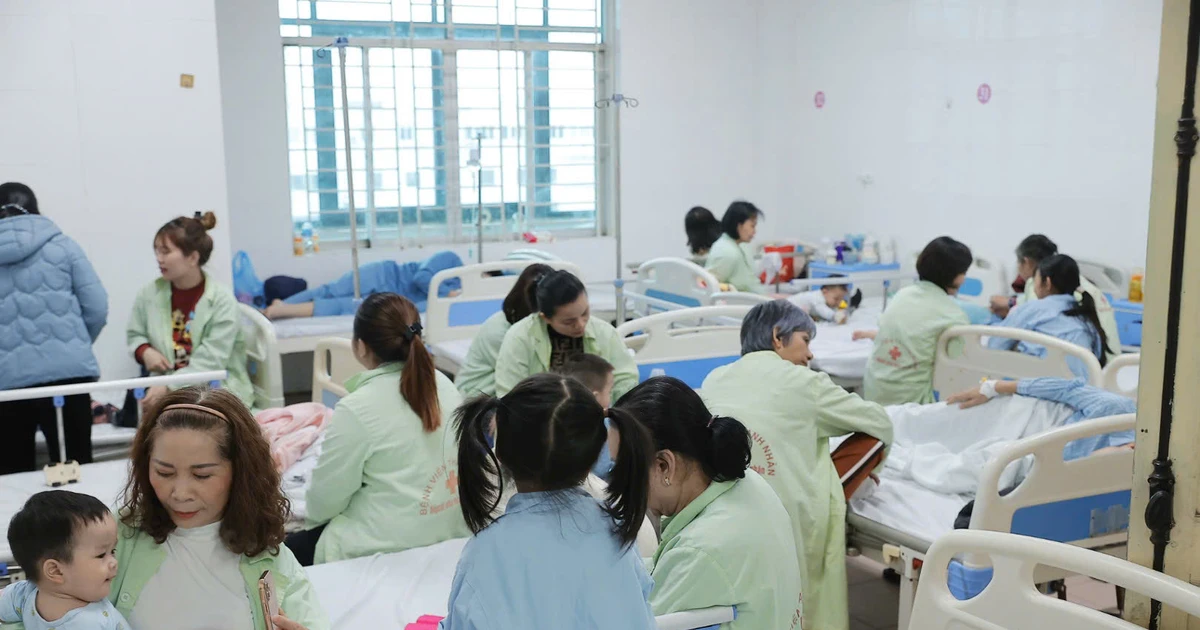








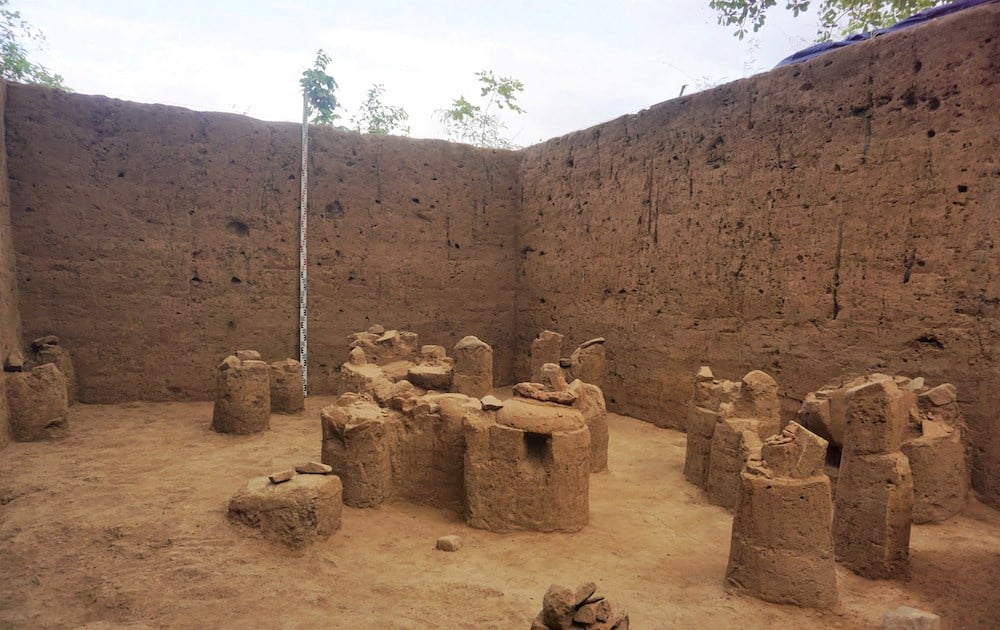
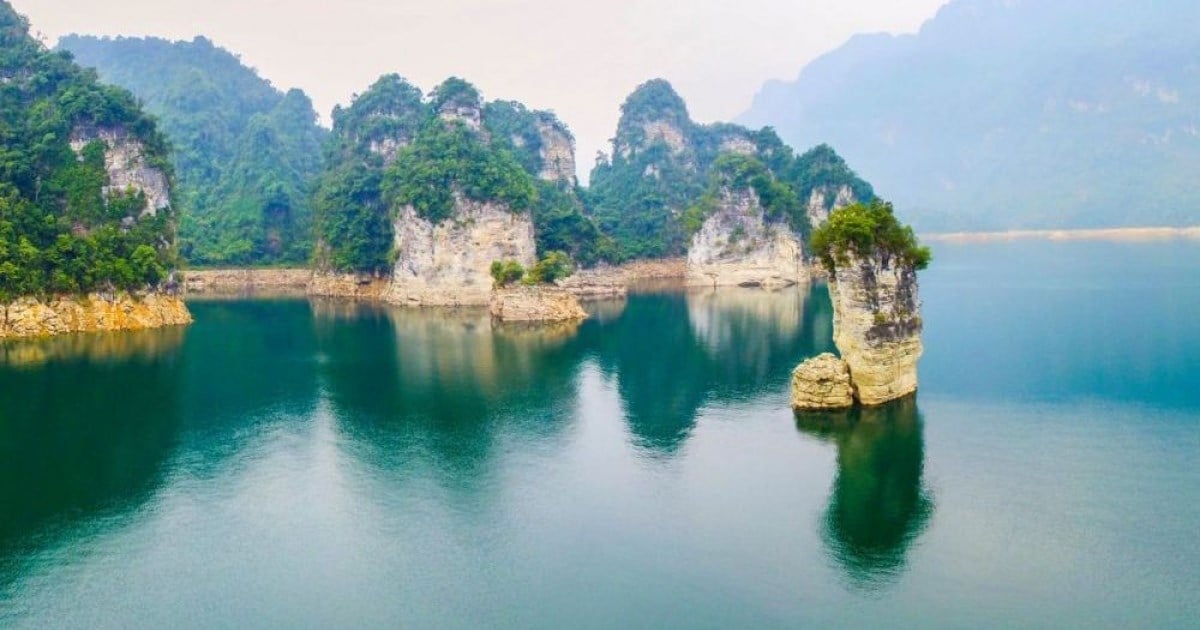
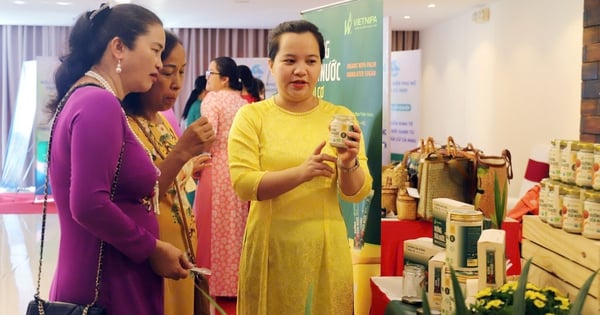



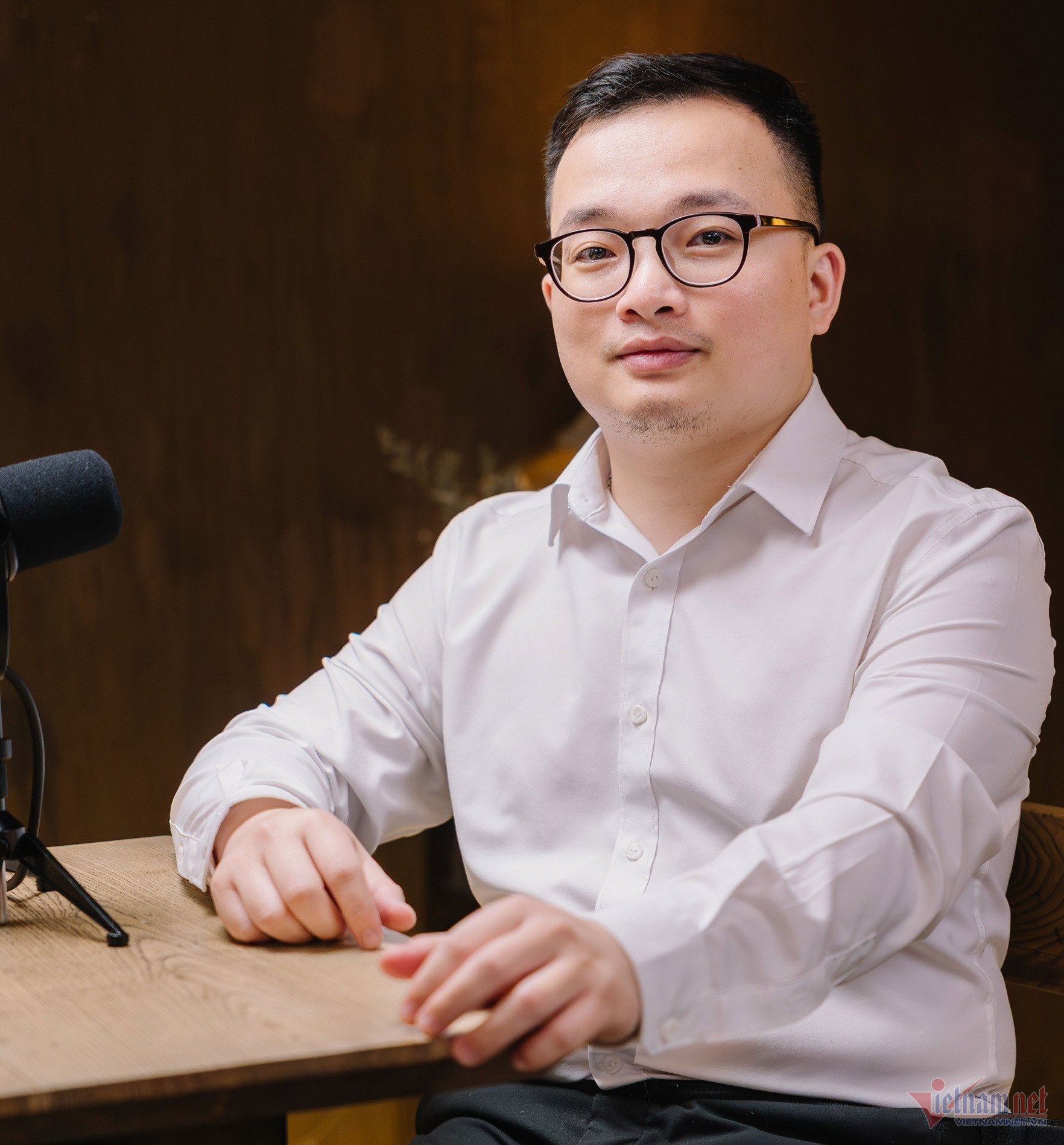



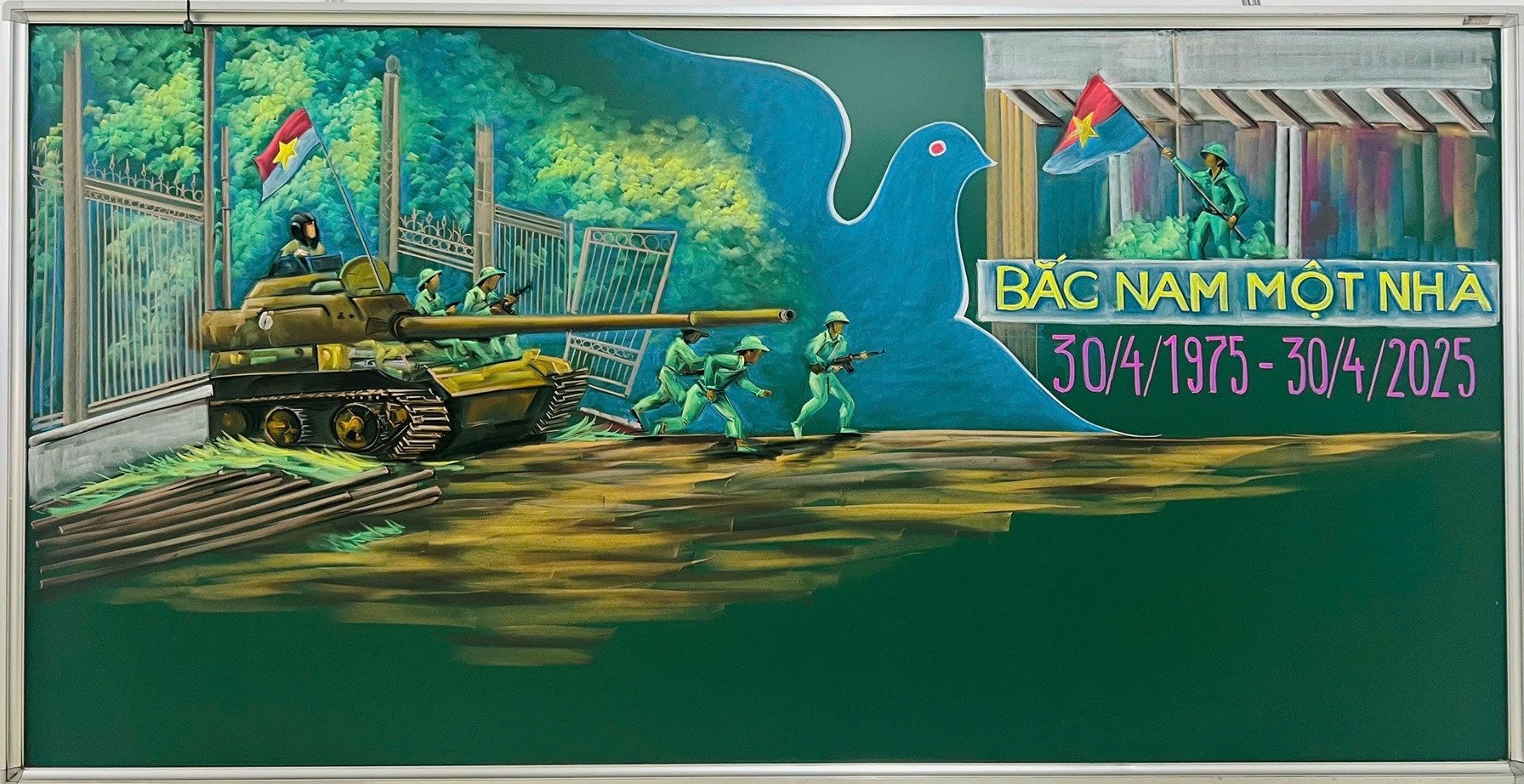
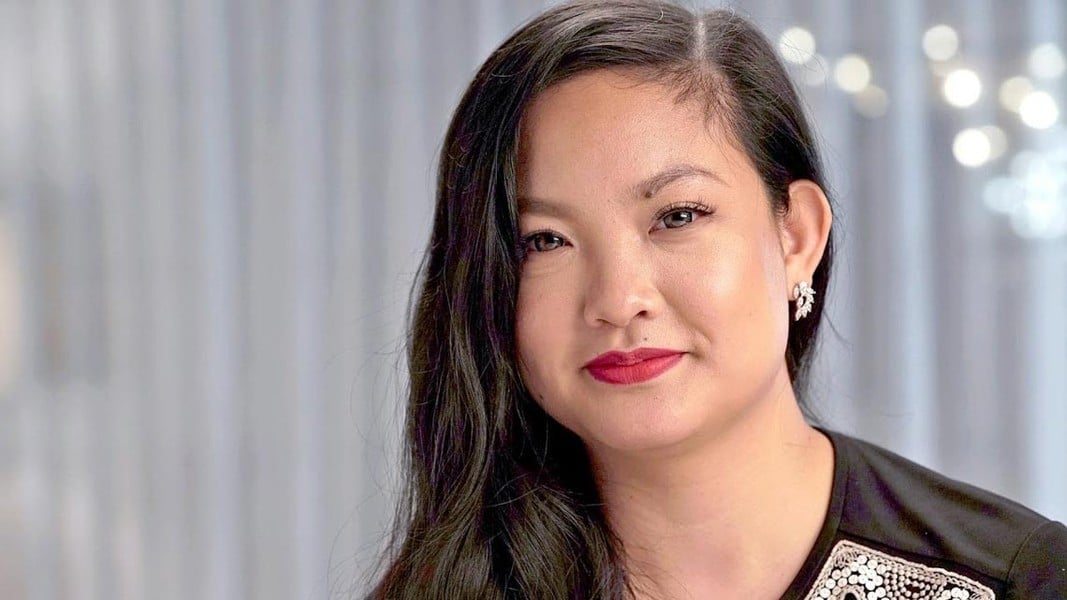

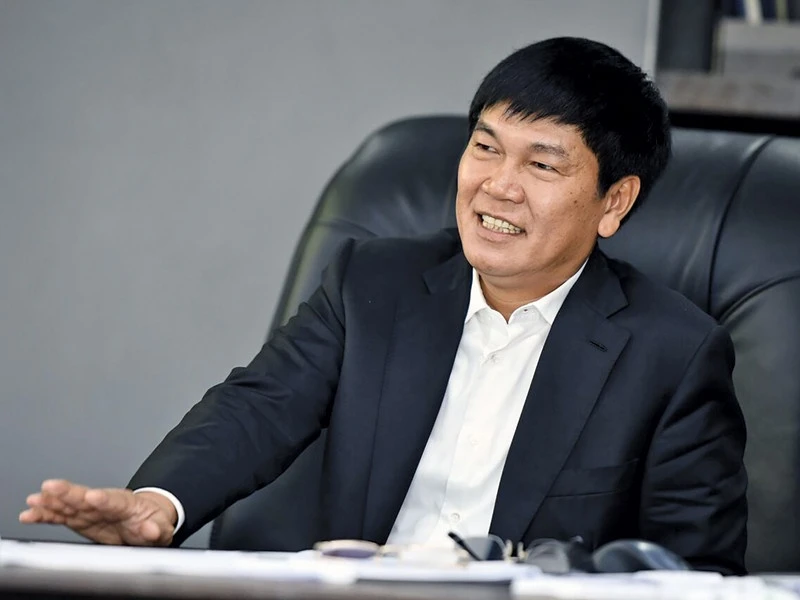

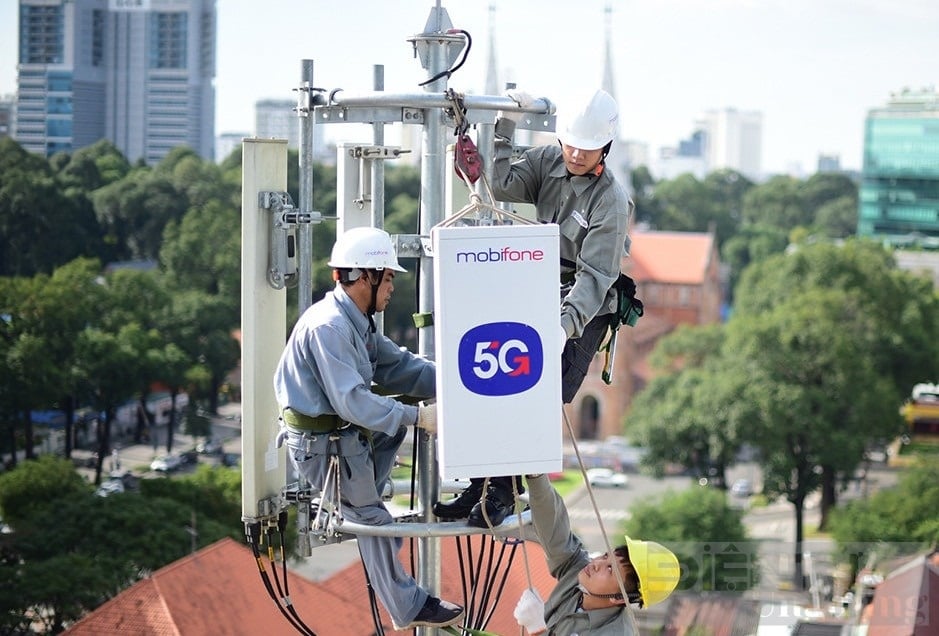
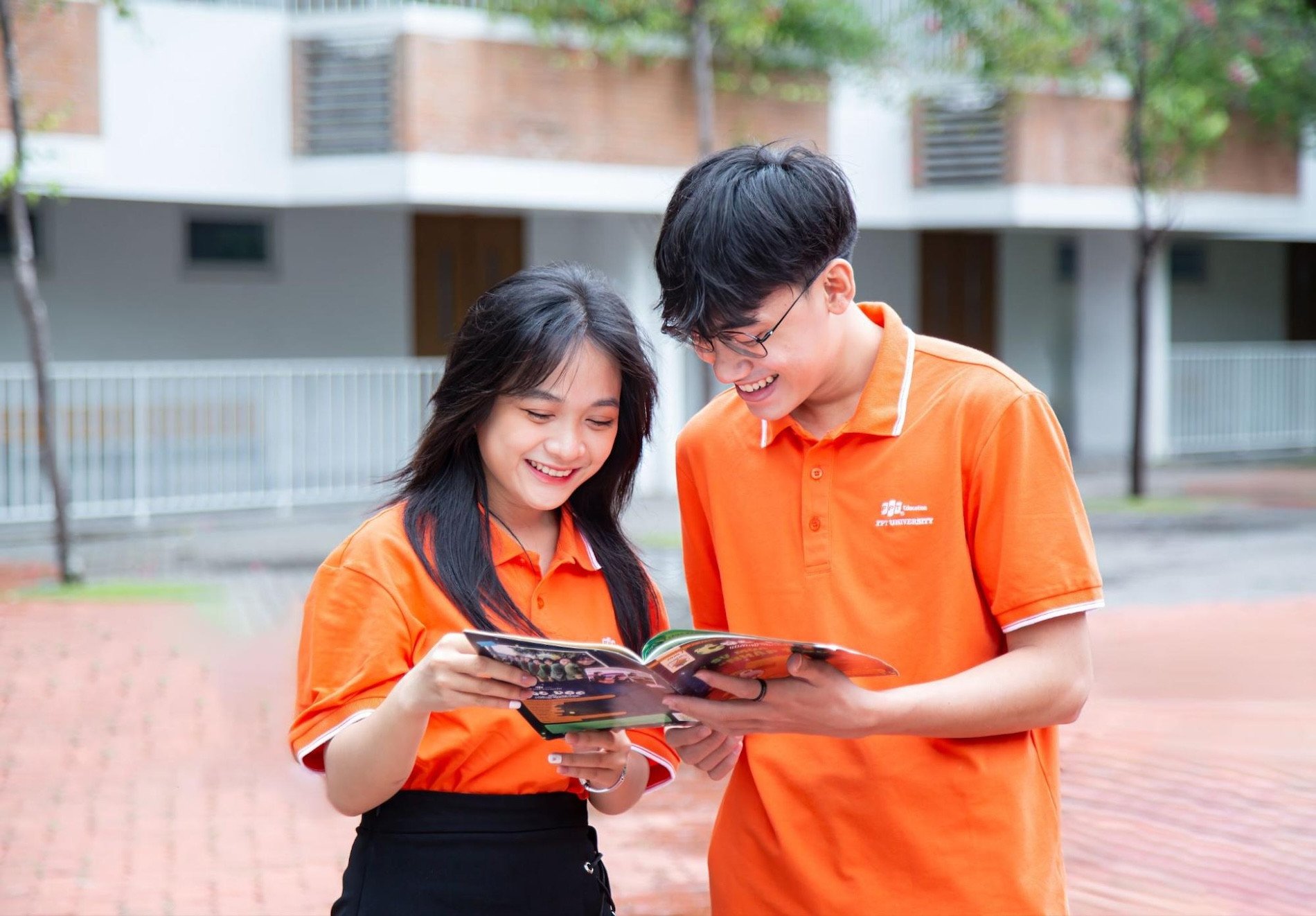
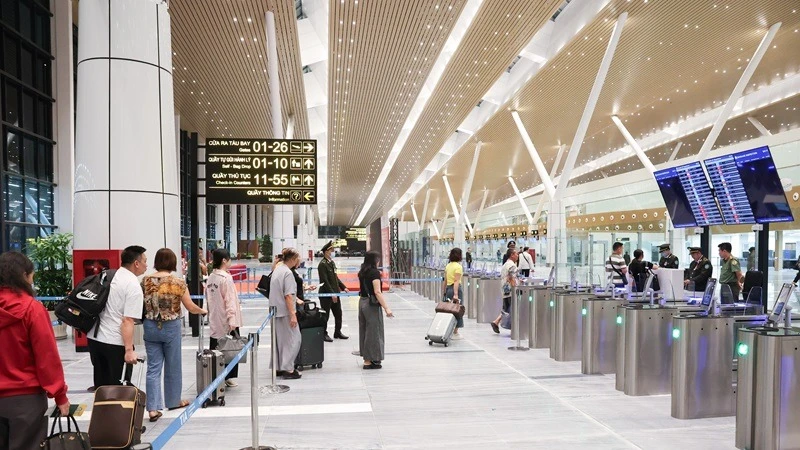

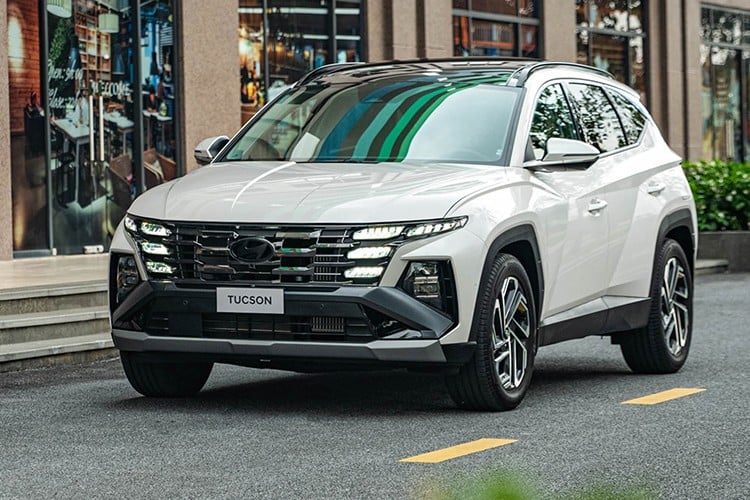

![[Video] Viettel officially puts into operation the largest submarine optical cable line in Vietnam](https://vstatic.vietnam.vn/vietnam/resource/IMAGE/2025/4/17/f19008c6010c4a538cc422cb791ca0a1)
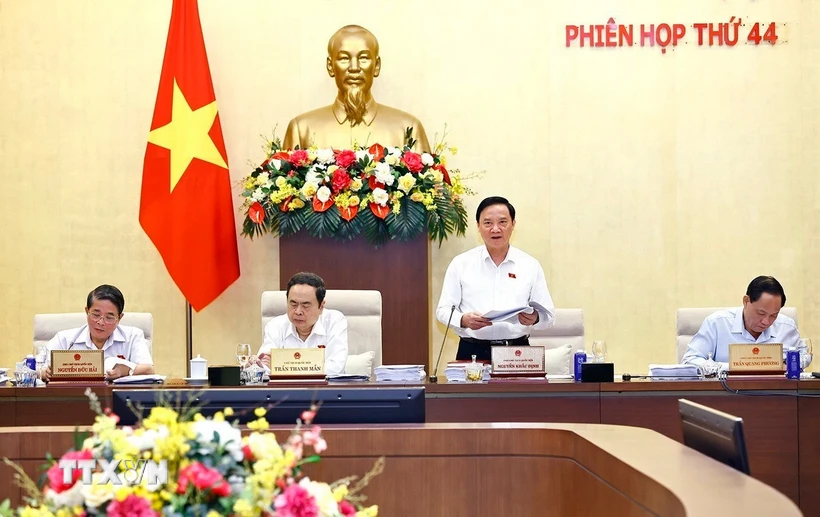
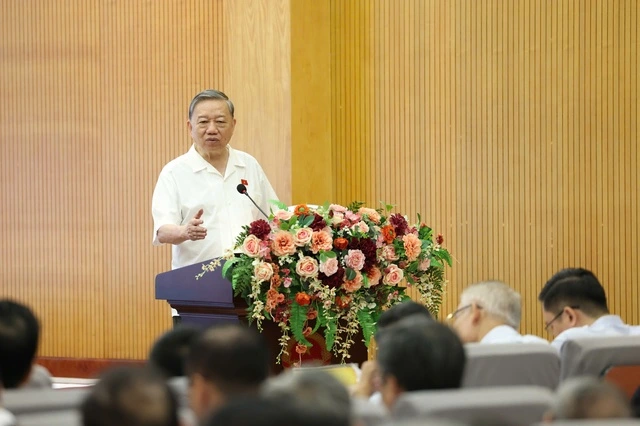

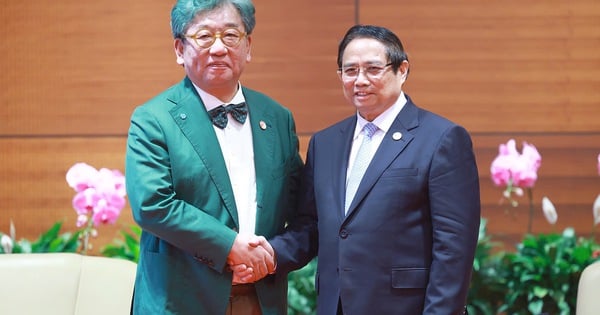

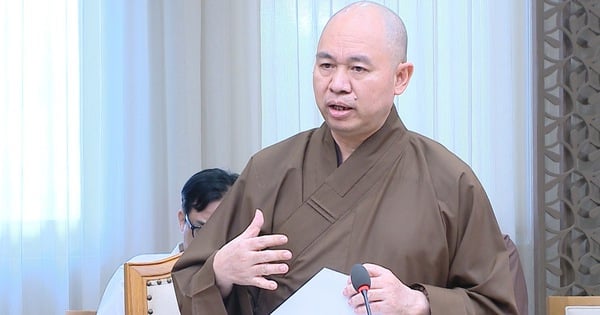
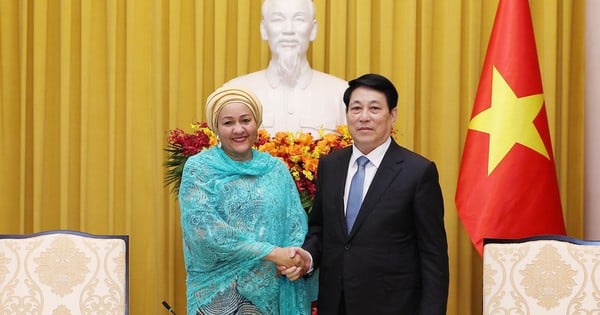




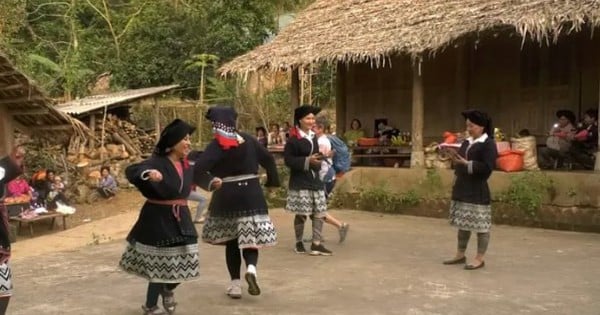

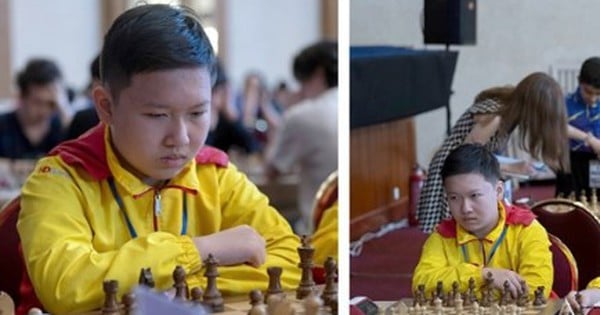
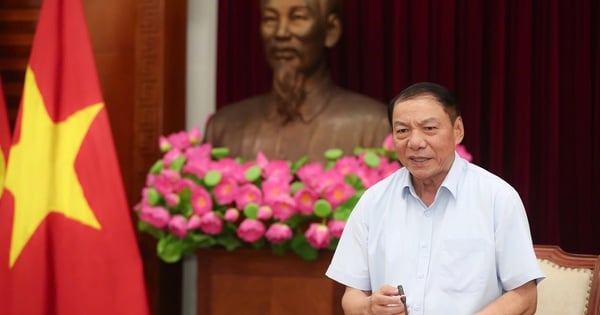
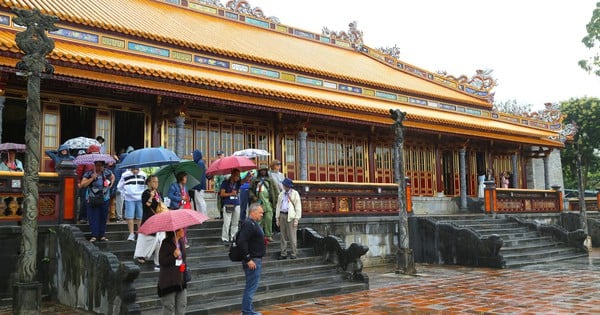
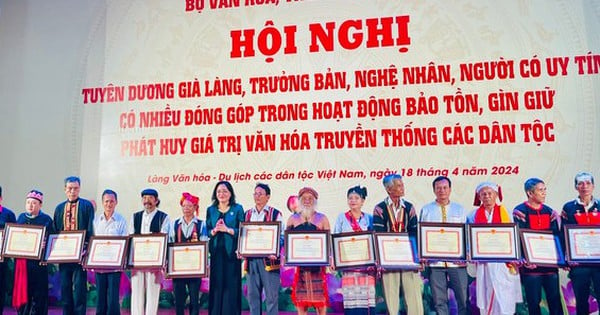
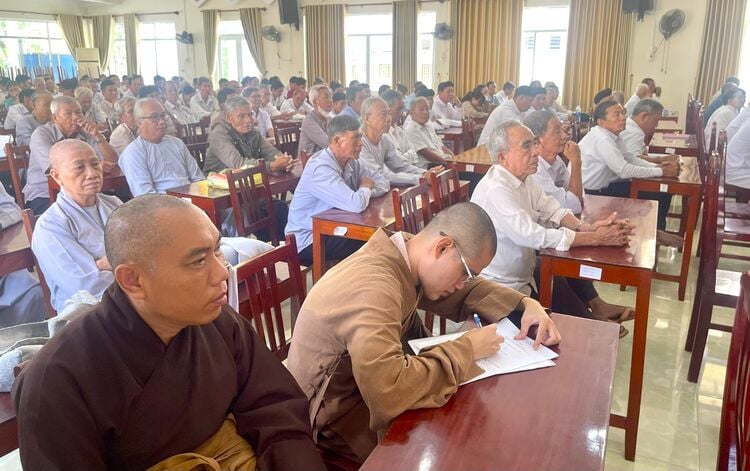

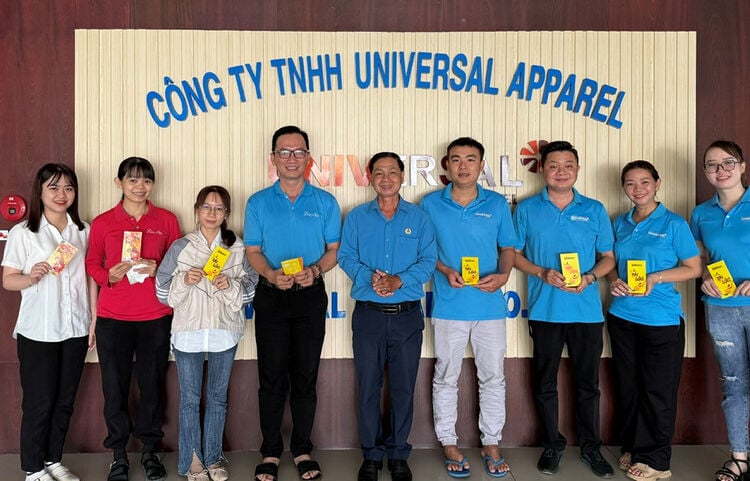
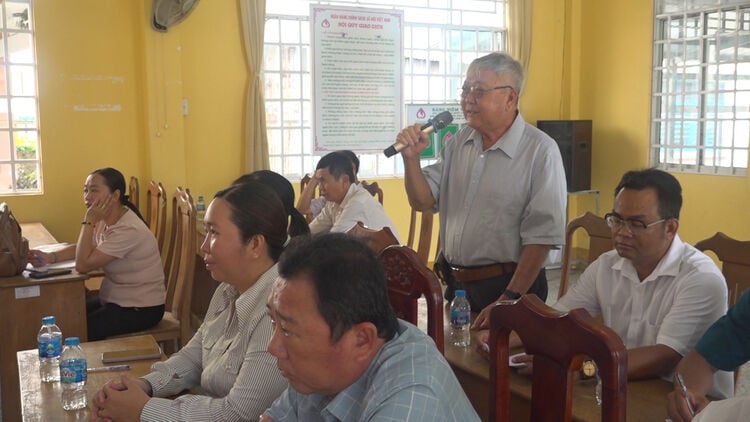
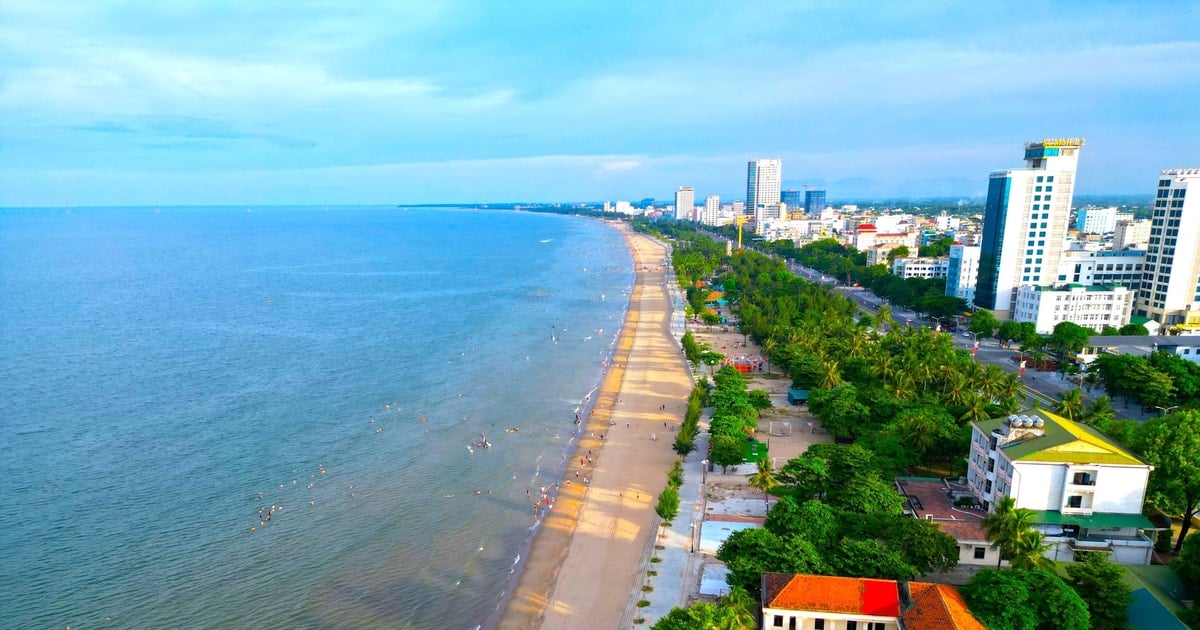

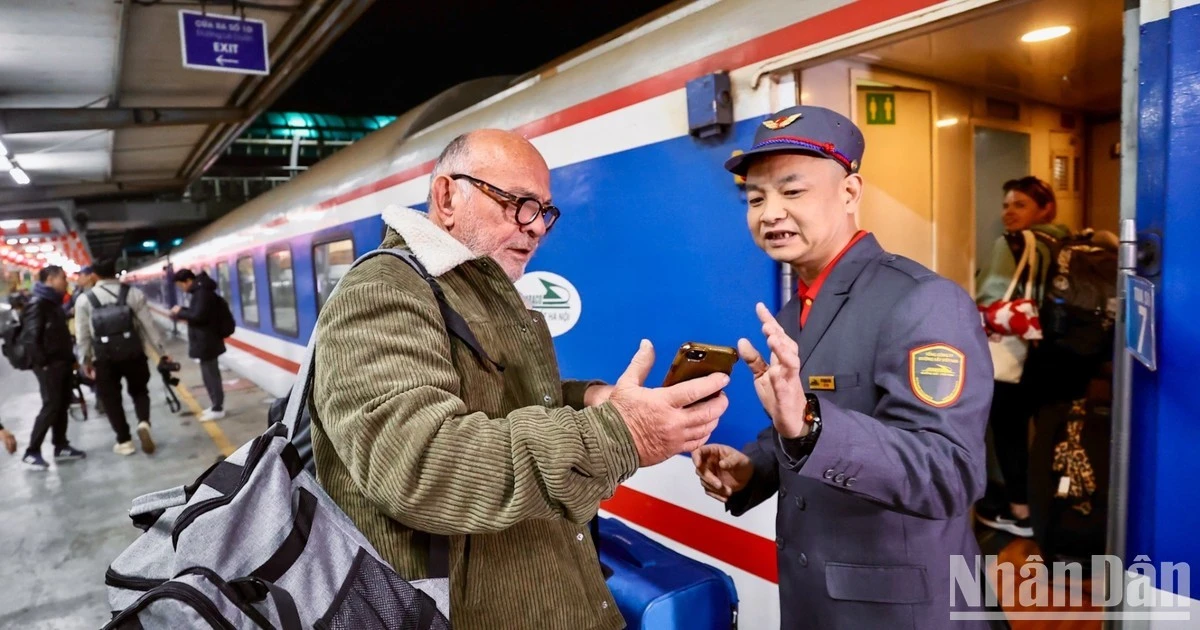

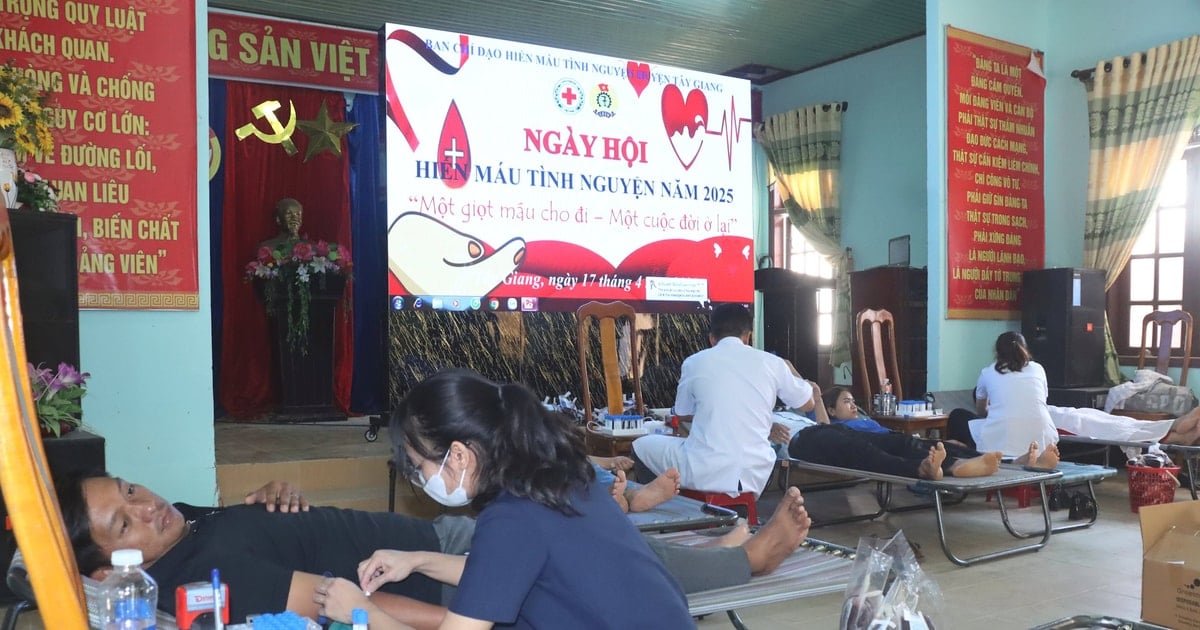



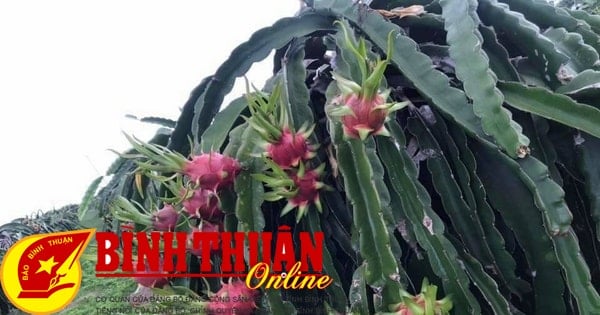

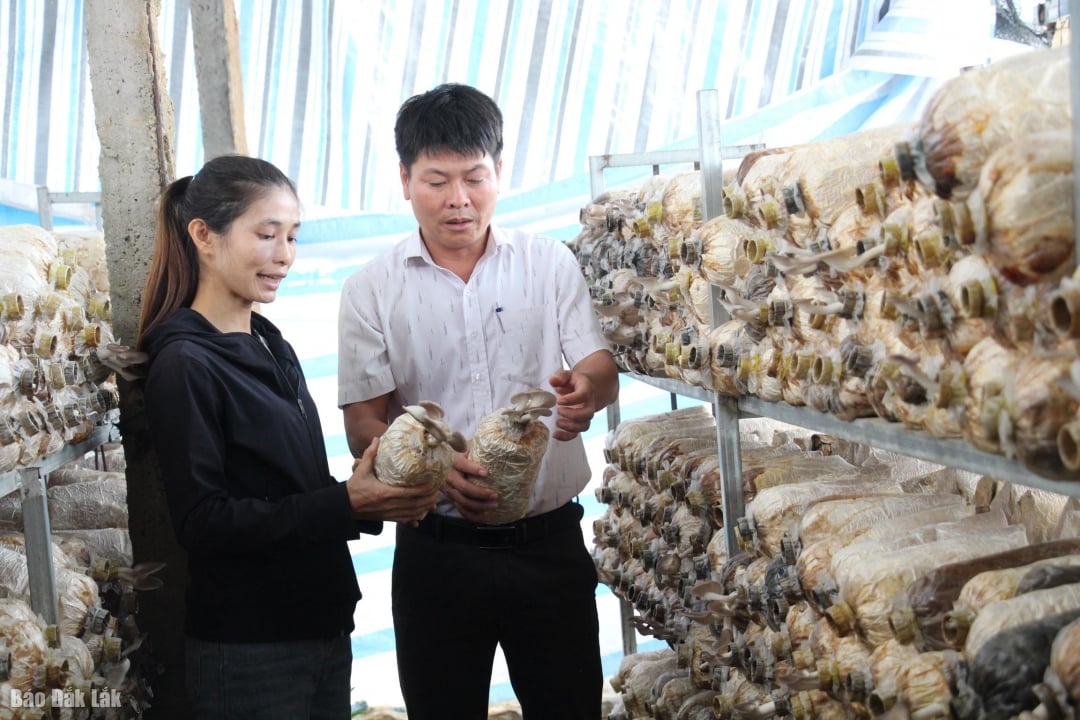

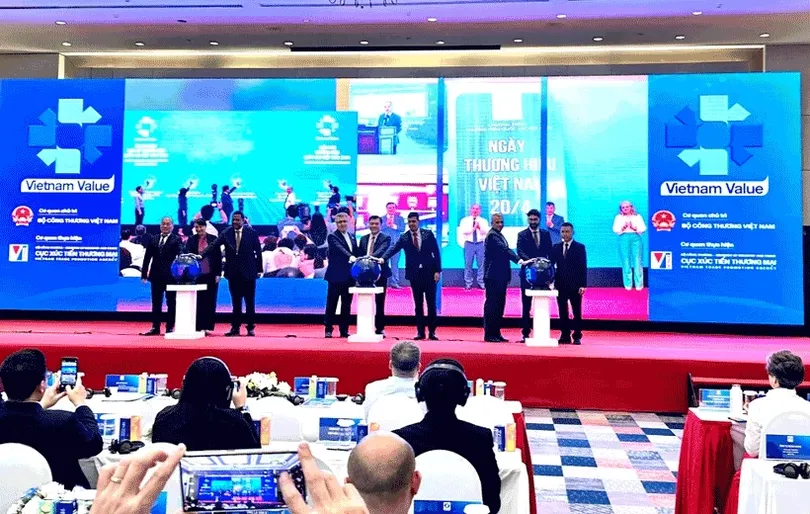




Comment (0)